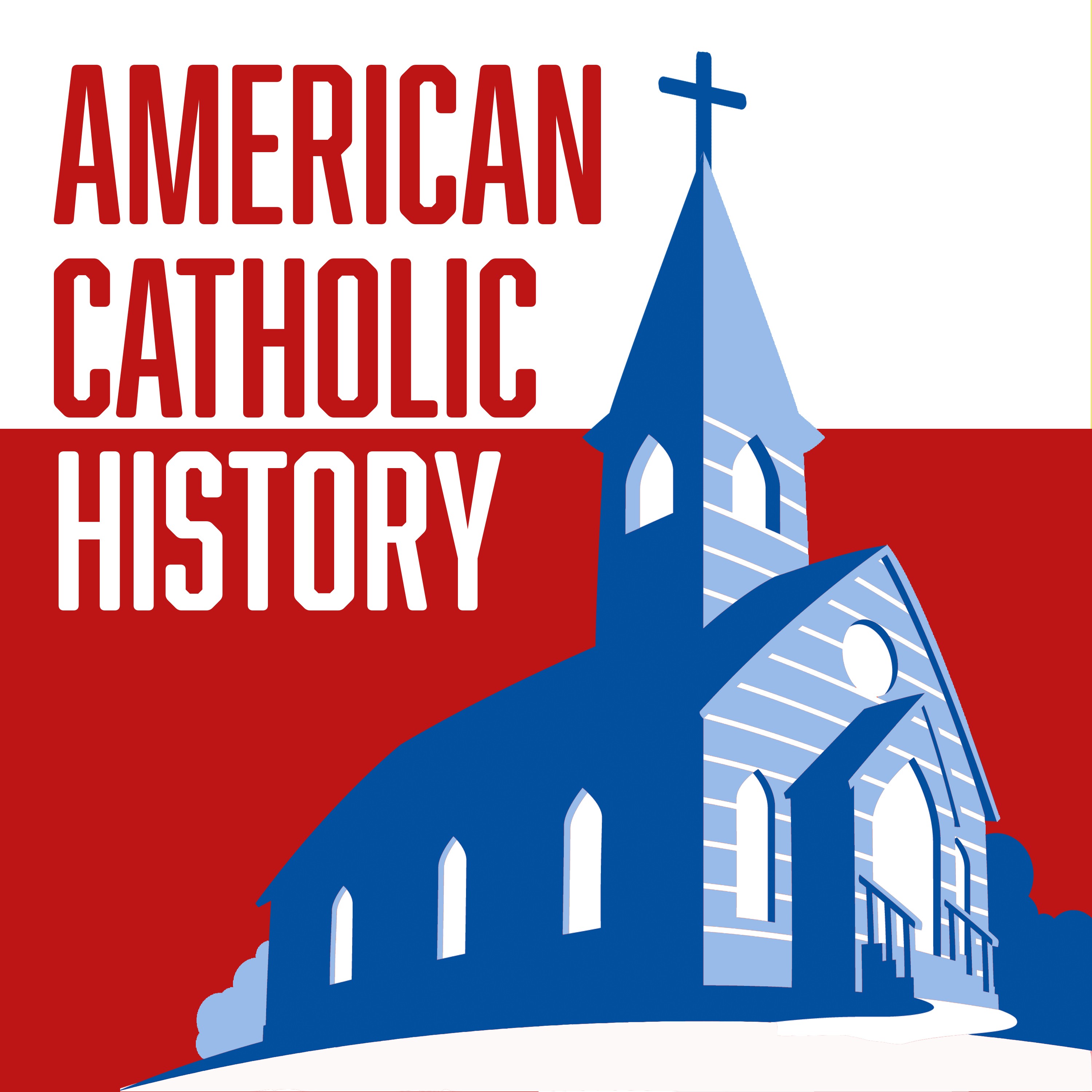Old St. Mary, Pine Bluff, Arkansas
Description
The earliest Catholic settlement in what is now the state of Arkansas was Arkansas Post, established in 1686 by Henri de Tonti, a lieutenant of the great French explorer Robert Sieur de la Salle. Never a bustling settlement, the Catholics who lived there struggled to maintain their faith, while mission priests came and went. But they built a church. Originally built on a barge in the Arkansas River in 1782, it was moved to land in 1832, when the first resident pastor came to minister to this neglected, but persistent, flock. Forced to contend with a flood of protestant settlers and anti-Catholic preachers in the wake of the Louisiana Purchase, St. Mary continued to be an important center of Catholic life in the region until it was supplanted in 1903 by St. Joseph Parish in the growing community of Pine Bluff. St. Mary fell into ruin until a daughter of one of the old Catholic families took on care of it, restored the old church, and pledged her estate to maintain it in perpetuity. Among those buried in the graveyard is Mother Agnes Hart, a member of the Sisters of Loretto of Kentucky. Mother Hart was the superior of the Sisters who came out in 1838 to establish schools for the girls of the region. Mother Hart died of malaria in 1839, but she was held in such high regard that those who buried her placed a bed of roses in her grave on which to lay her body. Then, twelve years later, when they had to move the graveyard, her body was found to be “petrified.” And after a miraculous cure attributed to her intercession in 2007, many regard her as a saint worthy of canonization.
More Episodes
In January 1634 two ships, The Ark and The Dove landed on St. Clement Island in the Potomac River, within the new colony of Maryland. The two ships were built by George Calvert, the first Baron Baltimore, to help him establish a colony of his own in the Americas. And with his conversion to...
Published 11/19/24
During World War I, the Knights of Columbus did more than anyone else — including the U.S. government — to help soldiers serving overseas, or even in remote parts of the U.S. Through their huts the “Caseys” distributed stationery, gum, playing cards, cigarettes, and so much more. Catholic...
Published 11/15/24
Published 11/15/24


